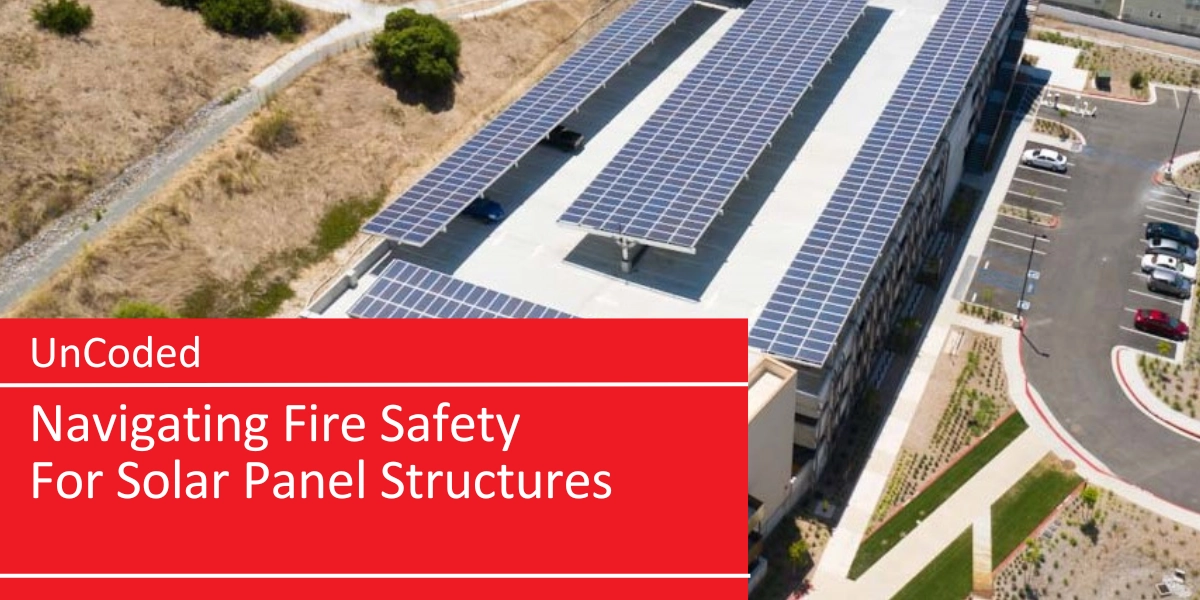Mitigating Fire Risks: Using Fire Hazard Analysis and Modeling to Evaluate Transformer Replacement
About This Project
Mitigating Fire Risks: Using Fire Hazard Analysis and Modeling to Evaluate Transformer Replacement
To better understand how to evaluate the safe placement of oil-insulated transformers near buildings, we spoke with Francisco Kang, PE, TERPconsulting’s fire modeling expert. He explained how Fire Hazard Analysis (FHA) and fire modeling are used to assess transformer fire risks and determine appropriate fire protection strategies.
“When evaluating the proximity of outdoor oil-insulated transformers to buildings, fire safety is a top priority,” explained Francisco. “Transformers pose a significant fire risk due to the flammable nature of the oil used as insulation. In the event of a fire, the radiant heat flux generated by the transformer can cause damage to nearby buildings and equipment.”
Q&A WITH FIRE MODELING EXPERT FRANCISCO KANG, PE:
What is the most effective method for determining the appropriate placement of oil-insulated transformers relative to adjacent buildings or exposed equipment?
A comprehensive Fire Hazard Analysis (FHA) is essential for determining proper transformer placement and assessing whether additional fire protection measures are necessary to mitigate fire risks. This process involves evaluating the transformer configuration and characteristics to develop design fire scenarios and analyze their potential impact on nearby buildings or equipment in close proximity. TERPconsulting specializes in performing Fire Hazard Analyses for these conditions, providing detailed studies to evaluate specific fire risks and identify necessary fire protection measures.
What is a Fire Hazard Analysis (FHA)?
A Fire Hazard Analysis (FHA) is a method for identifying and evaluating fire risks associated with a system, facility, or component, such as oil-insulated transformers. The FHA is used to determine the appropriate fire protection measures needed to mitigate those risks.
At TERPconsulting we use fire hazard analyses to assess the risk of radiant heat flux from a transformer fire to adjacent buildings or structures. The goal is to determine whether additional fire protection features are necessary to mitigate radiative heat exposure and prevent damage.
What is radiant heat flux?
Radiant heat flux refers to the rate at which radiant energy or radiant heat is transferred through a surface per unit area, typically measured in kilowatts per square meter (kW/m²) or watts per square meter (W/m²). It represents the intensity of heat energy that radiates from a heat source, such as a fire, and is absorbed by nearby objects or surfaces.
In the context of fire protection and life safety, radiant heat flux is a major factor in assessing how heat spreads from a fire to surrounding materials. It influences the ignition of nearby combustibles, the rate of fire spread, and the effectiveness of fire protection systems.
What are examples of how radiant heat flux can be a fire risk?
Understanding radiant heat flux is crucial for assessing fire risks and implementing effective safety measures. For example, high radiant heat flux can cause nearby materials to ignite without direct contact with flames. Another scenario focuses on building design. In this case, materials and distances are often selected based on their ability to withstand specific levels of radiant heat flux, thereby preventing the fire from spreading.
How does TERPconsulting utilize fire modeling in assessing the fire risks associated with oil-insulated transformers, and what role does it play in determining the need for additional fire protection measures?
Fire modeling allows for detailed simulations of potential fire scenarios involving oil-insulated transformers. Fire modeling helps visualize how a fire might spread, the intensity of the heat, and how far radiant heat could travel. This tool is essential for predicting worst-case scenarios, such as transformer fires that could impact nearby structures, and enables engineers to assess whether additional fire protection measures are necessary. Fire modeling also supports decision-making by providing a scientific basis for transformer placement, fire protection design, and mitigation strategies, confirming that the critical radiant heat flux does not exceed thresholds for the building or its occupants.
Have you worked on any recent projects that involved outdoor oil-insulated transformers?
Yes, we conducted a detailed evaluation in Phoenix, Arizona, providing a critical heat flux fire hazard analysis (FHA) for two transformers that were going to be located within 25 feet of combustible exterior walls. We used the City of Phoenix (CoP) guideline document TRT/DOC-00449 to clarify requirements in National Electric Code (NEC) Article 450.27 for outdoor oil-insulated transformers. The guidelines outlined approaches for determining fire protection measures to protect nearby buildings and equipment from transformer fires.
What other fire protection codes and requirements are necessary in Phoenix for oil-insulated transformers with regard to oil spill containment?
We referenced the Institute of Electrical and Electronics Engineers (IEEE) Standard 980: Guide for Containment and Control of Oil Spills in Substation (2021 edition), which provides requirements for containment and mitigation of oil spills. This standard helps address oil spill containment measures, critical in reducing fire risks associated with oil-insulated transformers.
Fire hazard analysis and fire modeling are essential tools in evaluating the proximity of oil-insulated transformers to buildings. “By evaluating radiant heat flux, transformer characteristics, and the properties of adjacent building materials, we can verify the proposed locations of transformers and ensure that the necessary fire protection measures are provided to prevent significant damage to adjacent buildings or structures in the event of a fire,” Francisco offered in conclusion.
Francisco Kang, PE, is a fire modeling expert specializing in Computational Fluid Dynamics (CFD). He has managed performance-based design and fire, smoke, and egress modeling for high-profile projects nationwide. To find out how modeling can benefit your project, contact Francisco Kang, PE.






